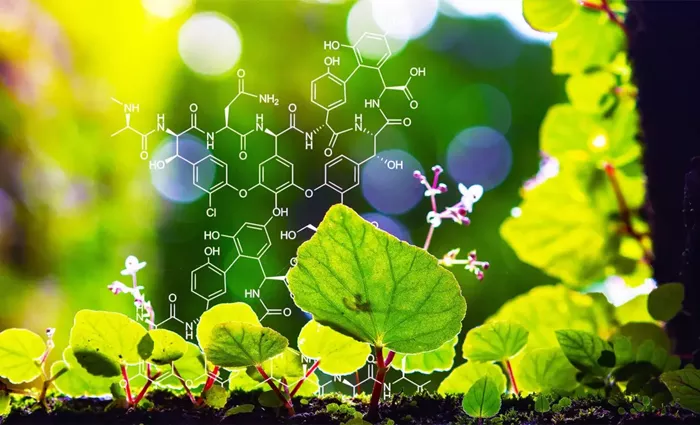Plants Optimize Potassium Uptake from Soil, Research Reveals.
A new study led by Rainer Hedrich, a biophysicist at Würzburg University, has uncovered how plants efficiently extract potassium from soil, even in low concentrations. The findings were published in Nature Communications.
Potassium is a vital nutrient that plants require in large amounts. However, the levels of potassium in soil can vary significantly. For example, potassium-poor soils can have up to a thousand times less potassium than potassium-rich soils. To adapt to these variations, plants have developed mechanisms to adjust their potassium absorption based on the soil’s nutrient levels.
Like human cells, plant cells maintain an operating potassium concentration of about 100 millimolar. When roots encounter soil with low potassium levels or only trace amounts, they must use energy to absorb potassium. This process involves the potassium ion channel AKT1 and the potassium transporter HAK5 working together.
Importance for Plant Breeding
Professor Rainer Hedrich emphasizes the significance of this research for plant breeding. “While HAK5 has been known since the late 1990s, its transport mechanism was not well understood,” he explains. Understanding this mechanism is crucial for breeding crops that can thrive in fields with little to no fertilizer.
The research team, including first authors Tobias Maierhofer and Sönke Scherzer, drew on their extensive experience with the AKT1 potassium channel during their experiments.
Energy Costs of pH Gradient Establishment
For the AKT1 channel to effectively transport potassium into plant cells, a higher concentration of potassium in the soil is necessary. The normal electric field of the cell membrane provides the required energy for this process. In contrast, the HAK5 transporter functions at low potassium levels but needs additional energy from a pH gradient. Establishing this gradient across cell membranes requires energy.
Further investigations revealed that HAK5 and AKT1 work together efficiently when soil potassium levels fluctuate. At high potassium concentrations, the energy-intensive HAK5 transporter is turned off, indicating that it has a potassium sensor.
Ongoing Research Goals
Inga Hänelt, a structural biologist from Frankfurt, and Thomas Müller from Würzburg, made progress in identifying this sensor by discovering a mutant of HAK5 that has a potassium affinity 100 times lower than normal.
Looking ahead, Rainer Hedrich outlines the next steps for research: “It is essential to investigate the molecular reactions triggered by this mutation further. We also aim to understand how potassium transport into root cells is linked mechanically and energetically to proton transport.”
Related topics:
- Device Created to Measure How Drought Affects Plants
- Fall Garden Planting Guide
- Essential Gardening Task for Achieving Your Best Flowers Next Year


